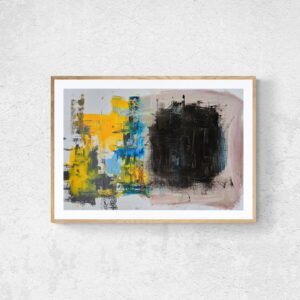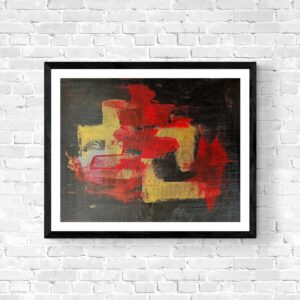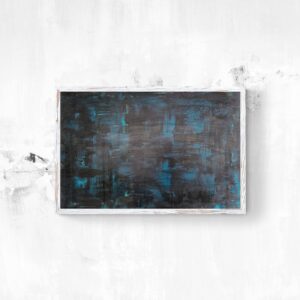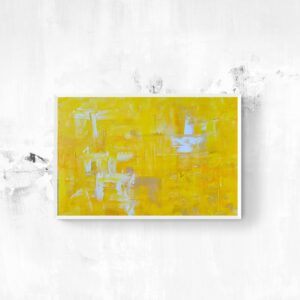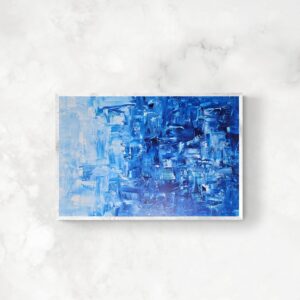

Anthropomorphic forms, motifs of fishing nets and the Andes night sky, and renderings of coastal flora and fauna are among the designs adorning an ancient mural discovered unexpectedly last month in northern Peru. The once multicolored artwork, local archeologists said in a statement, bears “previously unknown decorative techniques and symbolic imagery” and warrants increased protection measures by authorities as the area faces urgent preservation threats.
Uncovered by a team of archaeologists led by Ana Cecilia Mauricio, a professor at the Pontifical Catholic University of Peru, the work is a remnant of an interior atrium from a ceremonial temple dating back more than 3,000 years. The nearly 20-feet-long mural was found at the Huaca Yolanda site in La Libertad, an area distinguished by its Indigenous cultural heritage, namely that of the Moche civilization (approximately 100–800 CE).
“This mural at Huaca Yolanda is unique,” Mauricio said in a statement. “Nothing like it has ever been recorded in the area, neither in the Santa Valley nor in the Chao Valley.”

Despite its age, the mural still retains traces of the vibrant blue, yellow, and red pigments that once colored its designs, which include a massive bird with outstretched wings surrounded by diamond motifs and anthropomorphic beings displayed alongside plants and stars. There are also depictions of what appear to be fishing nets, underscoring the intricacy of the work.
The mural originated during Peru’s Formative Period (approximately 2000–1000 BCE), a pivotal time in development for the early complex societies along the northern coast.
Mauricio told Hyperallergic that this era was a time when religious temples were known as the main spaces of community power, as shamans were considered to be at the top of the social hierarchy.
“The mural is very unique to Andean archaeology,” Mauricio said. “[Its] images represent life, fertility, and the importance of shamans (men and women) who were the most powerful group.”

Except for some pigments and mollusk shells that were used as spiritual offerings, Mauricio said that the archaeological team has found few remaining artifacts associated with the mural and its surrounding architecture. The researchers are now urging the Peruvian Ministry of Culture, regional officials, and international heritage groups to take measures to safeguard the work, as the area it was found in faces relentless threats of looting and damage from agricultural machinery.
“Protective fencing, archaeological conservation, and surveillance are urgently needed to preserve this rare window into a formative and sophisticated past,” the archeological team said in a statement.

